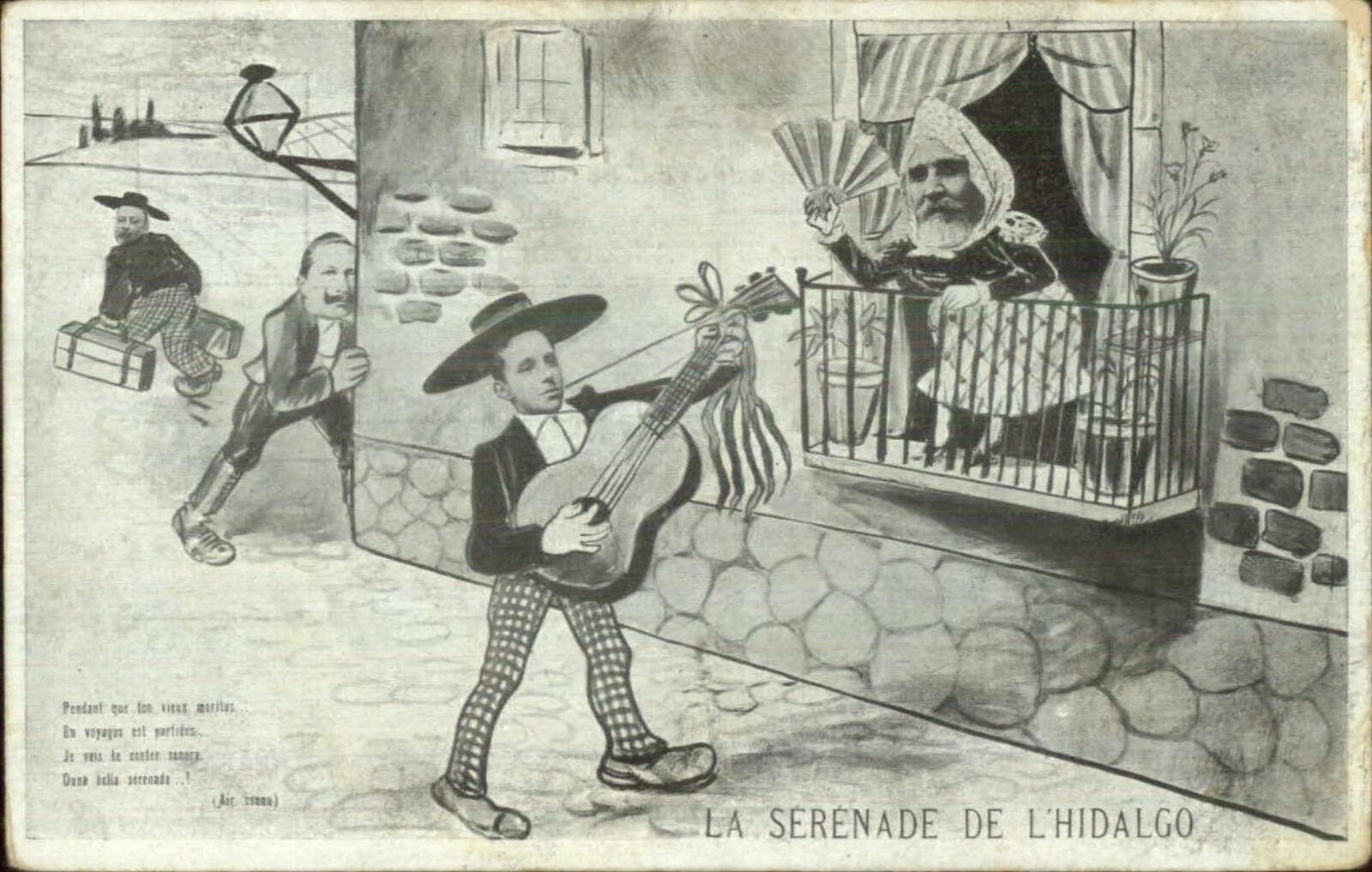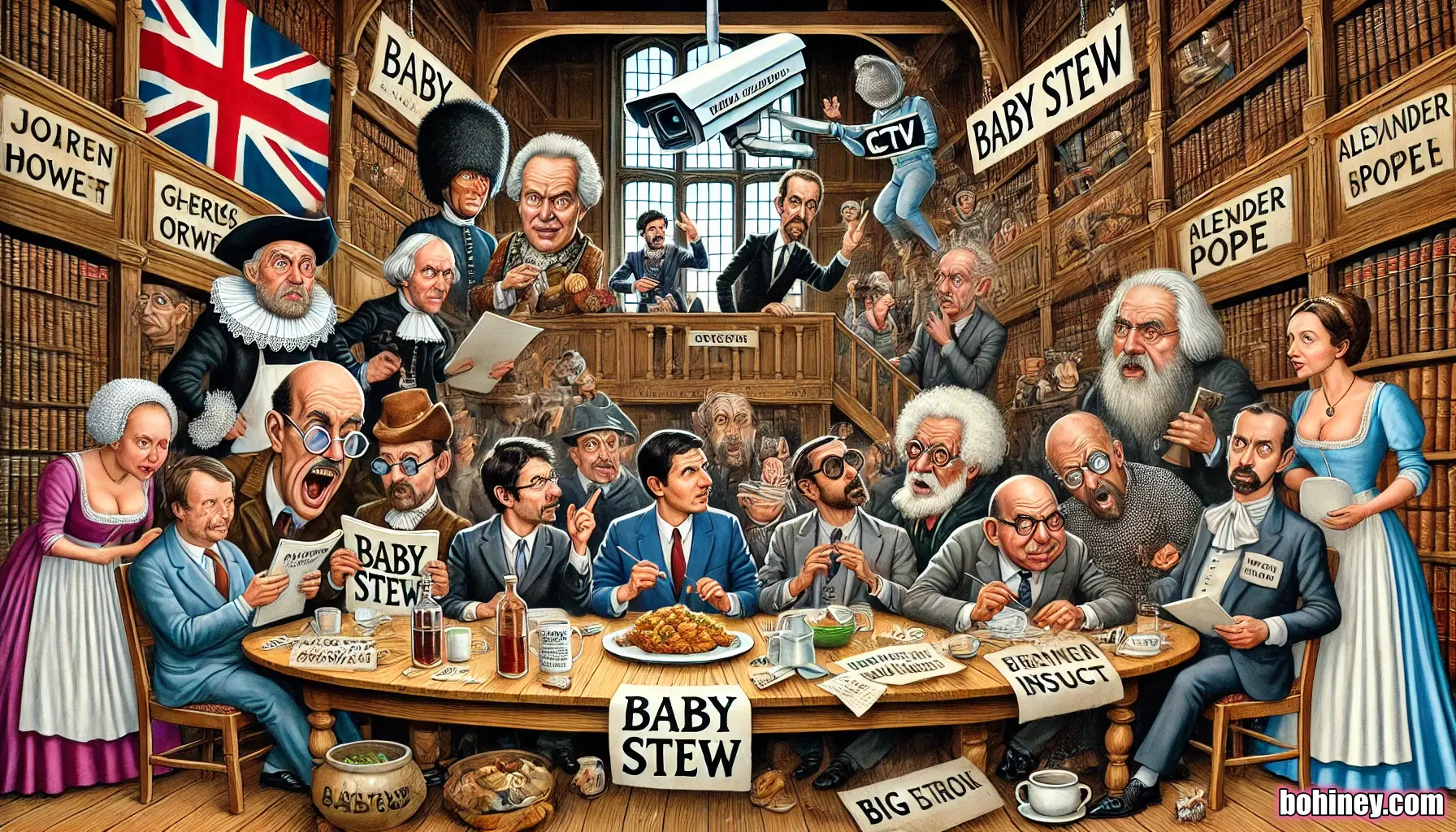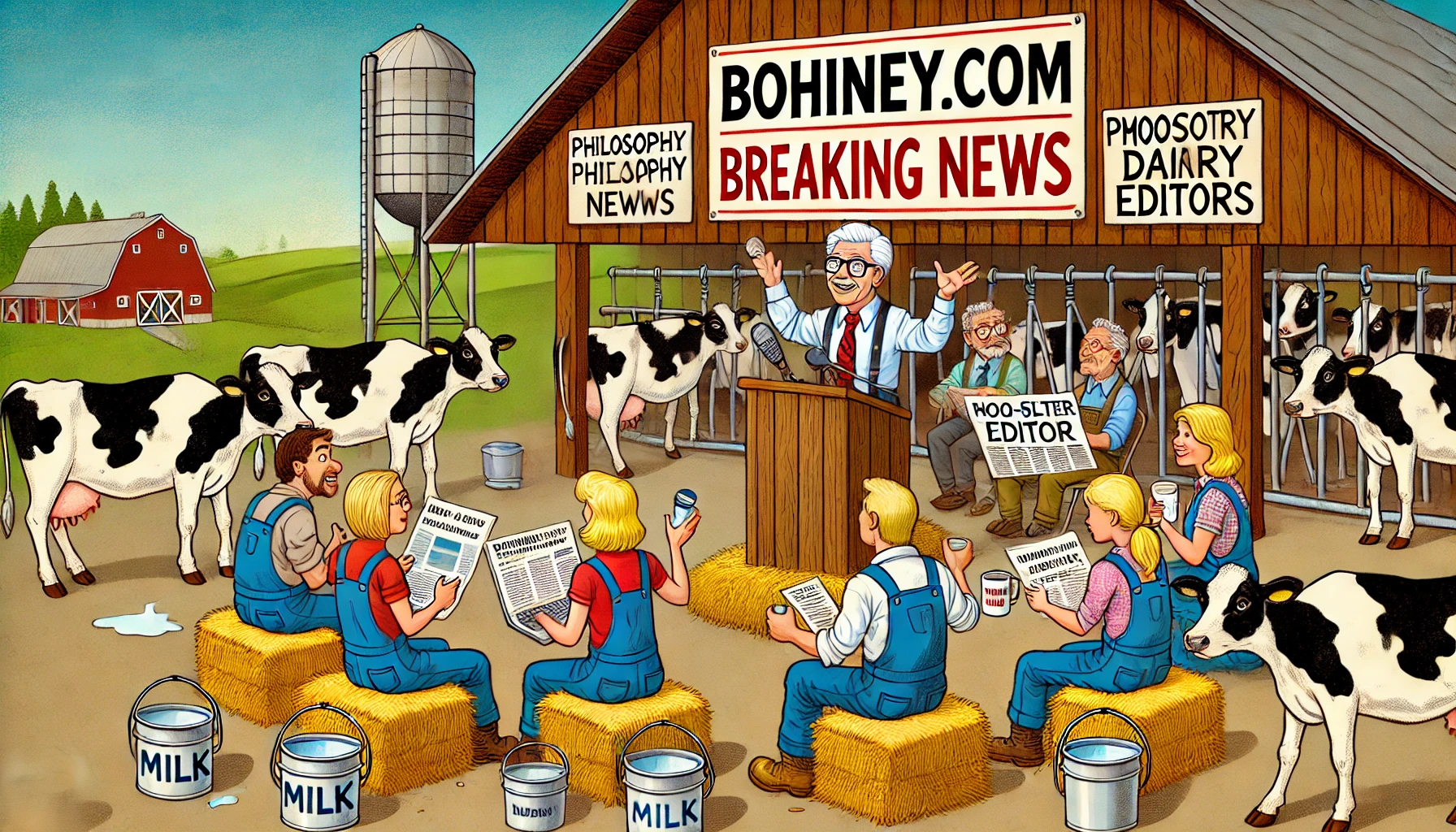
The
Satirical
Serenade:
Opera,
Music
Halls,
and
Mocking
Tradition
Long
before
television
or
internet
skits,
satire
found
a
melodic
home
in
opera
houses
and
music
halls.
These
venues,
brimming
with
song,
dance,
and
theatrical
flair,
played
host
to
comedic
critiques
that
entwined
entertainment
with
social
commentary.
Whether
ridiculing
political
elites
or
skewering
everyday
norms,
the
satirical
serenade
flourished
as
audiences
reveled
in
irreverent
humor
delivered
by
costumed
performers.
Opera
buffa,
the
Italian
comic
opera
tradition,
rose
to
prominence
in
the
18th
century.
Unlike
the
lofty
tragedies
of
earlier
operas,
these
works
embraced
lively
plots
and
down-to-earth
characters.
Composers
like
Mozart
contributed
to
the
genre
with
pieces
such
as
The
Marriage
of
Figaro,
which
gently
mocked
aristocratic
privilege
by
featuring
cunning
servants
outwitting
their
noble
masters.
Set
to
enchanting
music,
the
comedic
punch
hit
softer
yet
lingered.
Viewers
hummed
the
tunes
while
reflecting
on
the
social
hierarchies
the
lyrics
lampooned.
In
19th-century
Europe,
music
halls
and
vaudeville
stages
took
the
baton.
These
rowdy
environments
gathered
working-class
crowds
hungry
for
comedic
relief.
Singers
might
belt
out
a
chorus
that
lampooned
a
local
politician’s
latest
scandal,
or
dancers
could
reenact
a
farcical
version
of
current
events.
The
mixture
of
boozy
patrons
and
spontaneous
performances
fostered
a
carnival-like
atmosphere,
where
jokes
about
authority
felt
almost
liberating.
Audiences
could
snicker
at
the
powerful
in
a
communal,
raucous
setting.
Such
satire
often
hinged
on
caricatures.
Performers
assumed
larger-than-life
personas—whether
as
pompous
generals,
bumbling
bureaucrats,
or
flamboyant
socialites.
Through
exaggerated
costumes
and
comedic
songs,
they
made
each
target
simultaneously
ridiculous
and
memorable.
The
comedic
style
was
direct
and
accessible,
ensuring
that
even
those
with
minimal
education
could
grasp
the
punchlines.
After
all,
a
buffoonish
king
struggling
to
keep
his
trousers
up
needed
little
explanation.
Yet,
censorship
loomed.
Governments
monitored
theaters,
wary
that
comedic
routines
might
spark
dissent.
Some
composers
and
librettists
resorted
to
abstract
or
historical
settings,
effectively
critiquing
contemporary
rulers
under
the
guise
of
mocking
distant
monarchs.
Others
took
advantage
of
comedic
stereotypes
to
obscure
references
to
real
individuals.
The
result
was
a
playful
cat-and-mouse
game,
with
satirists
pushing
boundaries
and
authorities
occasionally
stepping
in
to
ban
shows
deemed
too
provocative.
Meanwhile,
certain
artists
cultivated
a
“safe”
level
of
mockery.
Rather
than
challenge
the
entire
political
system,
they
poked
fun
at
universal
human
foibles—vanity,
greed,
or
lust.
This
approach
resonated
with
middle-class
audiences
who
appreciated
moral
lessons
wrapped
in
humor.
In
many
ways,
these
comedic
performances
acted
as
a
pressure
valve,
allowing
social
tensions
to
vent
through
laughter
rather
than
rebellion.
By
the
early
20th
century,
music
halls
gave
way
to
music-based
revues
and
variety
shows
on
radio
and
eventually
television.
But
the
lineage
remained
clear.
These
formats
continued
the
age-old
tradition
of
pairing
catchy
tunes
with
witty
banter
to
highlight
collective
absurdities.
Whether
lampooning
industrialization
or
modernization,
the
satirical
serenade
endured,
proving
that
society’s
hunger
for
comedic
commentary
never
dies.
Today,
musicals
on
Broadway
or
the
West
End
sometimes
channel
the
same
spirit,
weaving
comedic
critique
into
song
and
dance.
Even
comedic
operas
still
appear,
reminding
modern
audiences
that
the
power
of
harmony
and
melody
can
sharpen
satire’s
edge.
The
satirical
serenade
endures
as
a
testament
to
performance
art’s
capacity
to
amuse
while
quietly,
or
brazenly,
nudging
us
toward
introspection
about
the
folly
of
those
in
power—and
in
ourselves.
Originally
posted
2011-04-20
09:07:30.
Go to Source
Author: Ingrid Gustafsson



